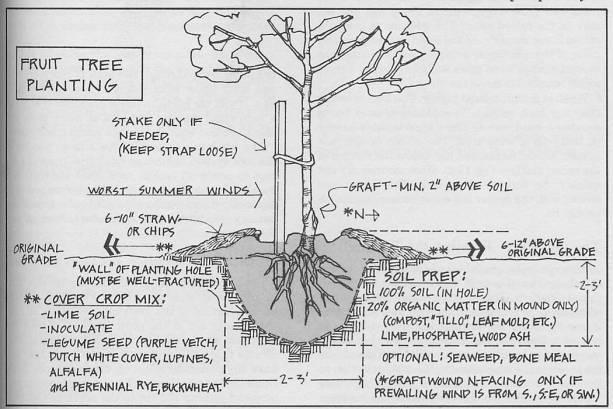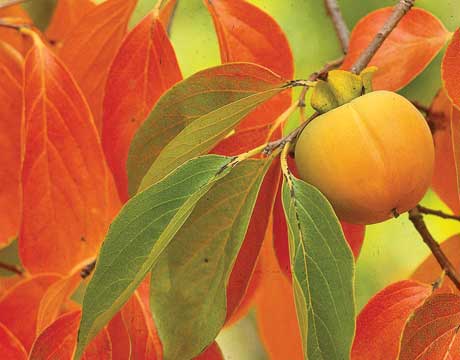Without doubt, the most economical way to start a mini-orchard is to buy bare-rooted plants, while the weather is still cold and the plants are dormant. As well as saving money, you will often find a much wider selection of varieties and sizes available as bare-rooted trees.
Bareroot trees are so named because the plants are dug from the ground when they’re dormant (leafless), usually in fall, and their roots are shaken free of soil.
Keep bare root trees moist and cool until planting. It’s best to plant bare root trees as soon as possible
Before buying any tree, do evaluate the site, especially for water drainage and sunlight. The best time to plant bare-rooted trees is towards the end of winter or the first half of spring. Nearly all fruit trees require free-draining soil, enriched with compost. Avoid areas that regularly flood or higher ground that dries out quickly, and they should have plenty of sun.
The tree roots establish more quickly with a planting hole dug only two to three times the diameter of the root spread and just deep enough that the tree stands slightly higher than it did at the nursery. Do not dig the full depth right out to the edge of the hole. Instead, taper the depth from ground level at the edges to full depth at the center, so the hole resembles a wide, shallow cone. To provide for easy root penetration, rough up the inside of the hole by poking it with a shovel and giving it a few twists.
 If you miss the ideal window of time for your area but still want to plant this year, it’s worth paying more for container-grown plants. These will already have roots that have grown into the soil around them and as long as you don’t disturb these too much when planting, they’ll be ready to draw up moisture and
If you miss the ideal window of time for your area but still want to plant this year, it’s worth paying more for container-grown plants. These will already have roots that have grown into the soil around them and as long as you don’t disturb these too much when planting, they’ll be ready to draw up moisture and
nutrients during warmer weather.
During the first year, the tree can easily die from not getting enough water or nutrients. Keep the tree well watered, especially during dry weather. A good soaking once or twice a week is much better than surface watering daily, though during very hot weather it can be worth doing both. It’s also vital to keep the area around the tree completely free of weeds and grass as they will compete with the young tree, which is why mulch mats are very effective.
Finally, don’t forget to remove all blossom from the tree in the first year. Although it’s tempting to let some fruit develop, doing so will again place more stress on the tree as it establishes and forgoing the first year’s fruit will result in a much healthier tree and better harvest in years to come. During the growing season, remove any sprouts from the rootstock.
Once every 2 or 3 years, perform a good pruning
The aim of pruning a fruit tree is to create a well formed tree, with well spaced branches which are not overcrowded. This allows plenty of light to enter to ripen the fruit and also encourages good air circulation which reduces the spread of disease.
Enjoy for many years with this type of care. Watch for deers, rabbits… also the overzealous weed eaters! Protect the bark of all fruit trees, there are very sensitive.
